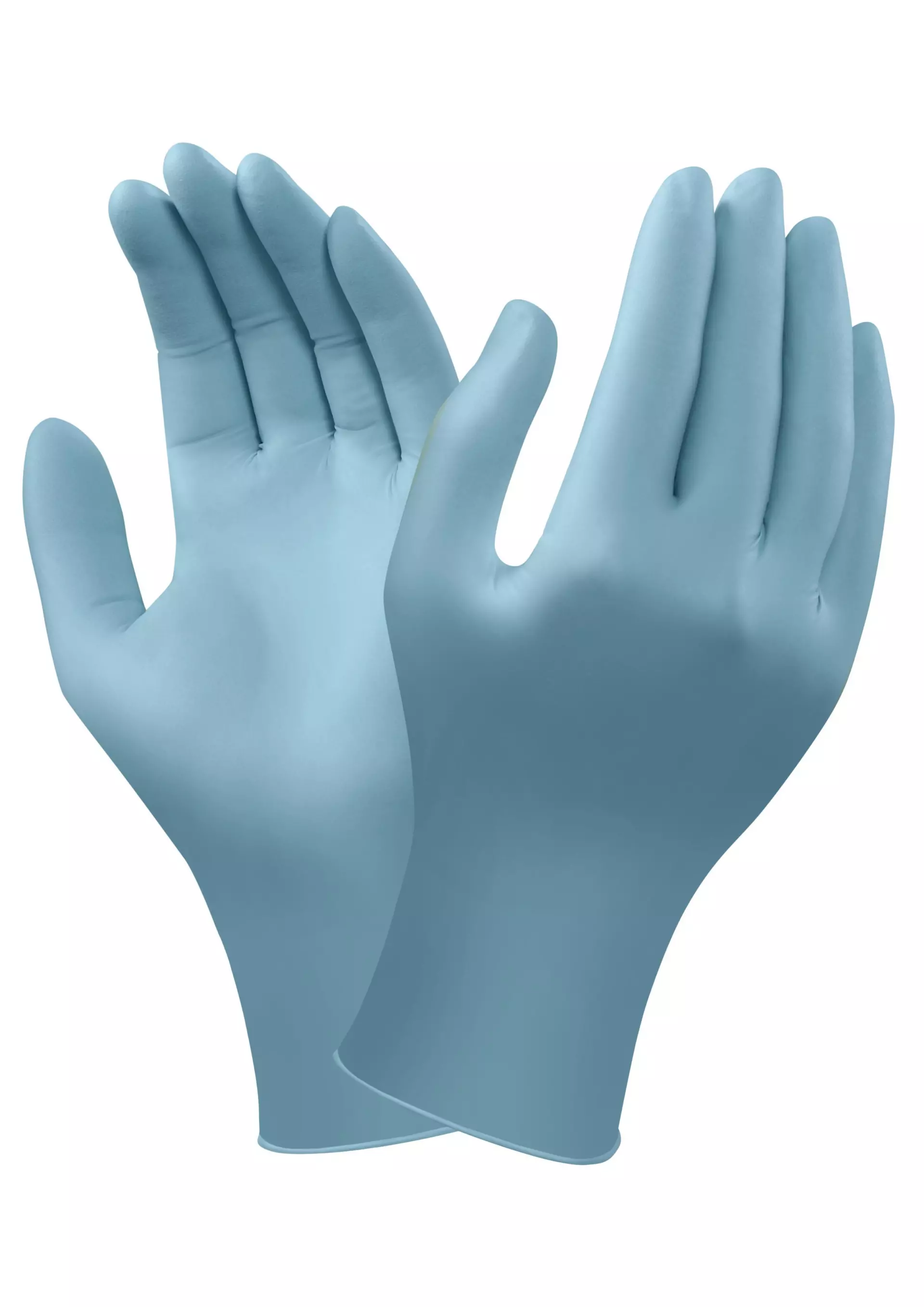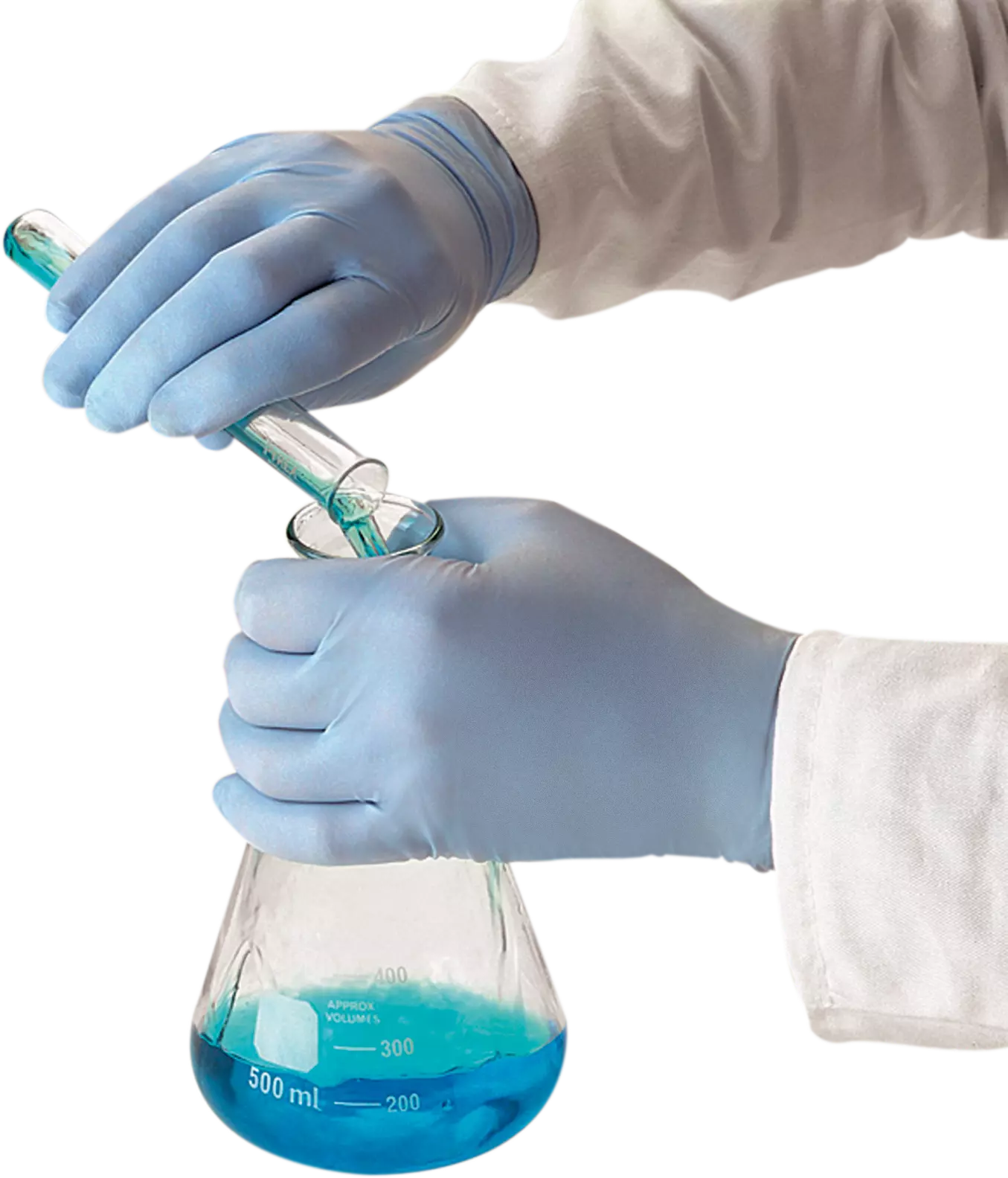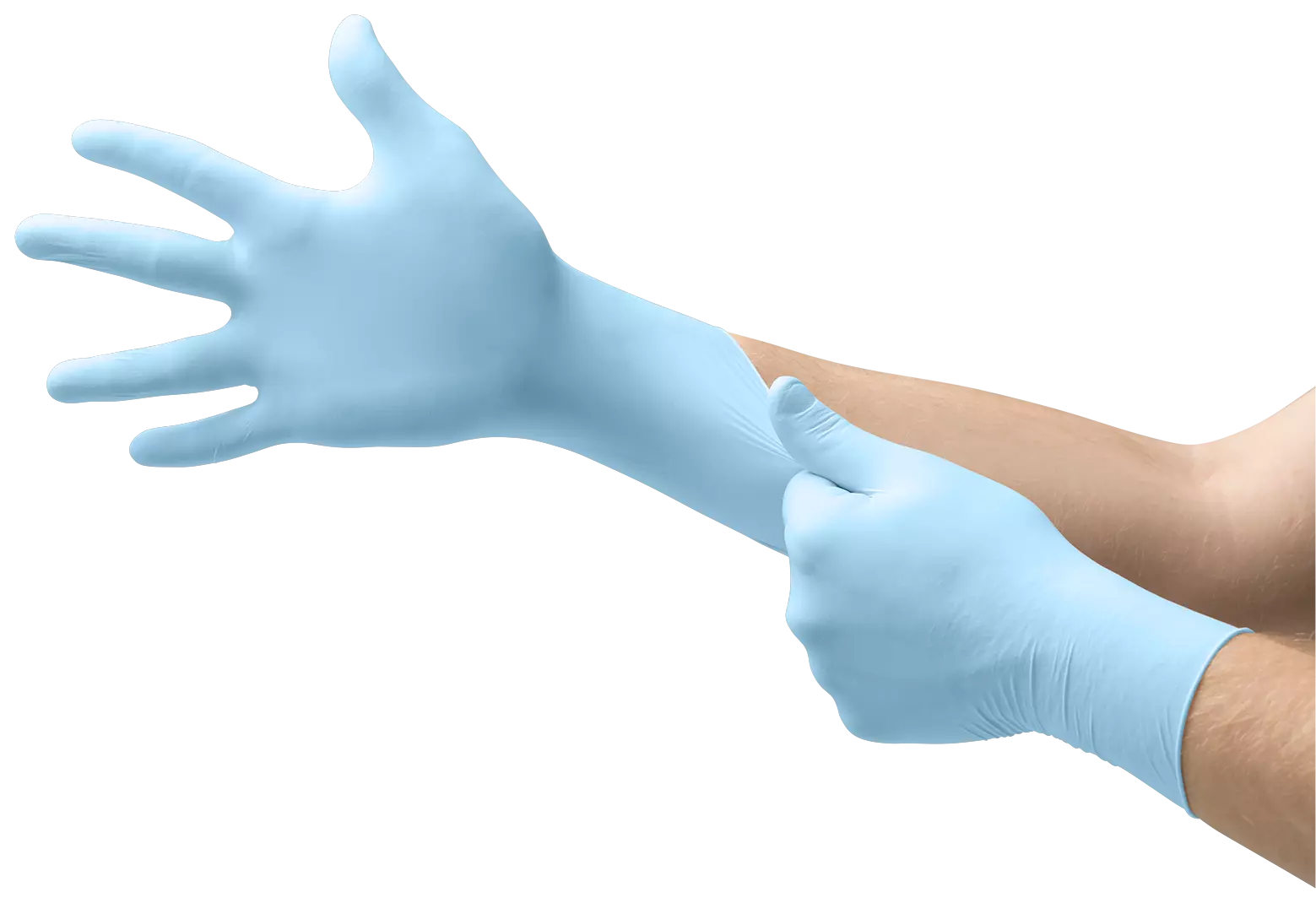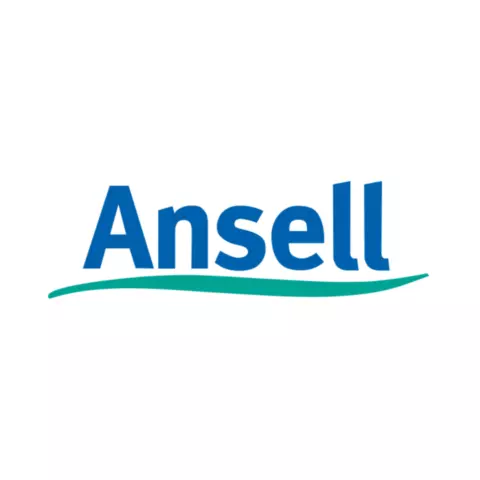Product description
Description
Reliable chemical splash protection: TouchNTuff® 92-670 disposable gloves offer strong protection against chemical splashes
Tough durability: The robust, proprietary nitrile minimizes the risk of tears during heavy-duty jobs
Elevated comfort: Their soft material provides high levels of comfort during long shifts
Food handling compliance:TouchNTuff® 92-670 are food handling-compliant, ensuring practical use in a variety of food contact scenarios
Enhanced grip: Textured fingertips help wearers securely grip tools and equipment
Recommended for
Transferring liquids and solids
Sample taking and processing
Handling incoming goods
Maintenance
All food processing, applications that have food contact
Equipment, maintenance and repair
Cleaning of plant and machines
Laboratory analysis
PRIMARY INDUSTRIES
Product Details
Material: Nitrile
Not Made From Natural Rubber Latex: Yes
Color: Blue
Cuff Length: Standard
Powder Content: Powder-Free
External Glove Surface: Textured Fingers
Freedom From Holes (Inspection Level I): 1.5 Aql
Palm Thickness (Mm/Mil): 0.11 / 4.3
Finger Thickness (Mm/Mil): 0.13 / 5.1
Allergy Prevention: Latex (Type I)
Available Sizes: S (6.5 - 7), M (7.5 - 8), L (8.5 - 9), Xl (9.5 - 10)
Tested For Use With Chemotherapy Drugs: No
Silicone Free: Yes
Sterile: No
Antistatic: Yes En1149
Glove Length (Mm/Inches): 240 / 9.5
Product Segmentation: Multi-Purpose
About Disposable Nitrile Gloves
Disposable Nitrile Gloves provide latex-free hand protection with superior chemical and puncture resistance. These single-use gloves offer excellent tactile sensitivity and a secure fit, making them ideal for healthcare, food service, cleaning, and industrial applications where hygiene and safety are essential.
- Chemical Resistance
- Food Service
- Electrical Protection
- Hand Protection
Standards and labels
Standards have not been specified
Ansell delivery terms
Free delivery for all Ansell products
139,88 €
Price per 10 packages (1 000 pcs)
13,99 € / 100 pcs
Free delivery
A carton contains 10 packages (1 000 pieces)





